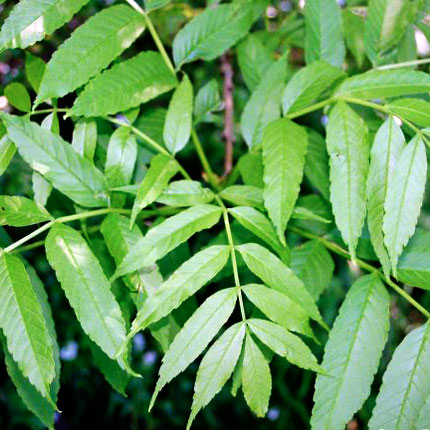 You may have heard about the aggressive pathogen, Chalara Fraxinea that has recently been found in imported ash trees and has the potential to have a devastating effect on Britain’s ash trees. The fungus causes leaf loss and crown dieback and can lead to tree death. It has wiped out 90% of ash trees in Denmark in seven years and is becoming widespread throughout central Europe.
You may have heard about the aggressive pathogen, Chalara Fraxinea that has recently been found in imported ash trees and has the potential to have a devastating effect on Britain’s ash trees. The fungus causes leaf loss and crown dieback and can lead to tree death. It has wiped out 90% of ash trees in Denmark in seven years and is becoming widespread throughout central Europe.
A source of Ash plants that were found to be infected with Chalara dieback within Leicestershire earlier in the year were traced to a Lincolnshire based tree nursery. We would like to reassure all of our existing and potential customers that British Hardwood Tree Nursery did not supply these plants.
All of our Ash plants are of UK provenance and UK grown for maximum peace of mind. Nevertheless, we are withholding stock movement of all Ash plants until we have the result of the current consultation on FERA’s rapid Pest Risk Assessment (PRA) - please see below for more information.
In addition, although our stock is certified disease free, we act to halt the spread of ALL pests and diseases by conducting our own regular and rigorous checks of all stock for visible signs of pests and diseases.
Fera (Food and Research Environment Agency) has issued a PRA (Pest Risk Analysis) for consultation on Chalara fraxinea pest risk management and has invited comments by 26th October
C. fraxinea is a damaging organism of certain species of Fraxinus (ash), including F. excelsior, which is the third most common broadleaved species in the UK.
Current records suggest that C. fraxinea is not yet established in the UK, although it has now been detected in recently planted trees outdoors. It is widespread throughout much of Europe, where it has caused extensive damage. There is very high potential for entry through plants for planting and the potential for establishment is very high. Surveillance by Plant Health Inspectors and the Forestry Commission is being carried out for the presence of C. fraxinea and action is being taken in response to findings. Such action is being taken on a precautionary basis, but a longer term position needs to be established, taking account of whether C. fraxinea is found to be present in the UK.
An eradication or suppression strategy is proposed depending on the outcome of surveillance into the extent that C. fraxinea is already present.
For more information and regular updates, please visit the following websites;

